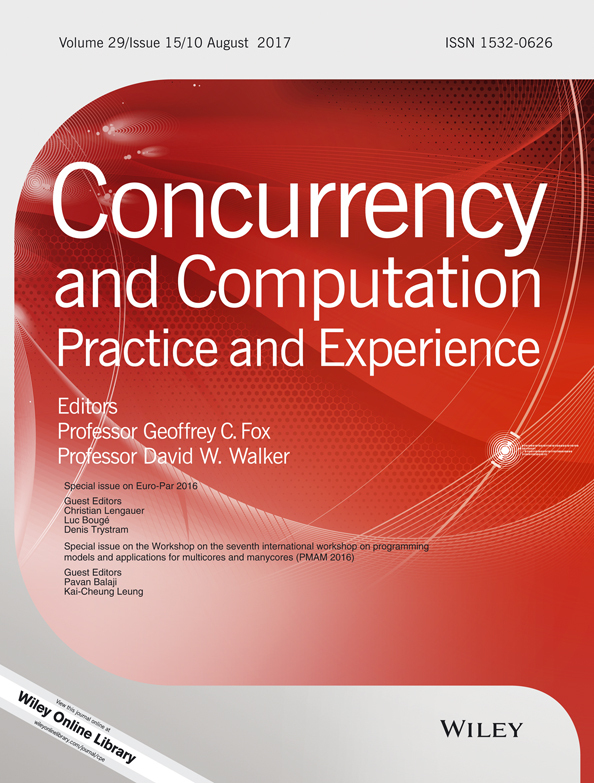Computing on many cores
Summary
This paper presents an alternative method to parallelize programs, better suited to manycore processors than actual operating system–/API-based approaches like OpenMP and MPI. The method relies on a parallelizing hardware and an adapted programming style. It frees and captures the instruction-level parallelism (ILP). A many-core design is presented in which cores are multithreaded and able to fork new threads. The programming style is based on functions. The hardware creates a concurrent thread at each function call. The programming style and the hardware create the conditions to free the ILP, by eliminating the architectural dependences between a call and its continuation after return. We illustrate the method on a sum reduction, a matrix multiplication and a sort. We measure the ILP of the parallel runs and show that it is high enough to feed thousands of cores because it increases with data size. We compare our method to pthread parallelization, showing that (1) our parallel execution is deterministic, (2) our thread management is cheap, (3) our parallelism is implicit, and (4) our method parallelizes functions and loops. Implicit parallelism makes parallel code easy to write and read. Deterministic parallel execution makes parallel code easy to debug.




